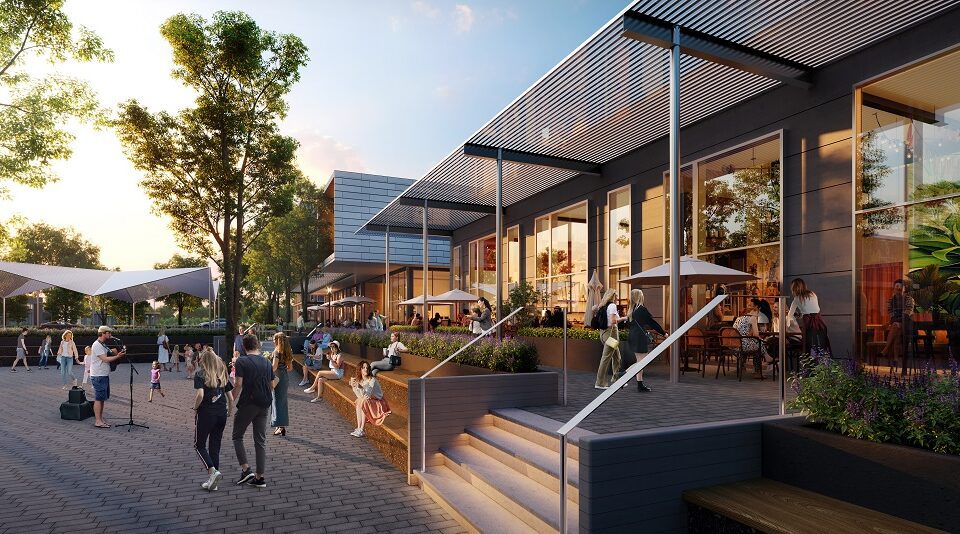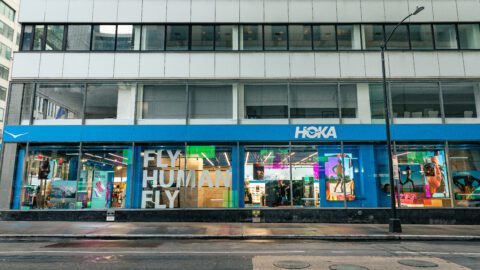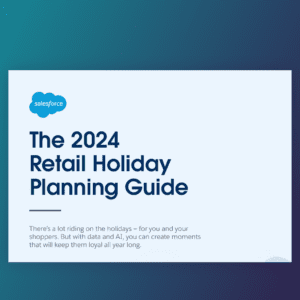“Less is more” appears to be the new mantra for retailers and QSRs when it comes to square footage for their stores and restaurants. A report from commercial real estate company JLL revealed that in Q1 2024, more than two-thirds (68.5%) of leasing deals were for spaces of 2,500 square feet or smaller.
The trend toward compact selling spaces isn’t a new phenomenon, according to Arvind Cheruku, Partner and CIO of Janapriya Upscale USA, a subsidiary of a 36-year-old real estate company with roots in India. It’s been spurred by consumers’ desire for speed and convenience in-store — wants that were sharpened by the impact of COVID-19.
“Right now the focus is on speed,” said Cheruku in an interview with Retail TouchPoints, noting that the first question retailers and QSRs seeking new spaces have for companies like his is whether “there’s a pickup window or a patio space. The trend is toward fast casual. Customers are asking, ‘How can I do my thing and get out?’ And with that focus on speed, you don’t need the 5,000- or 10,000-square-foot spaces.
“Additionally, inflation has played such a big role, and retailers that are struggling to keep their costs down understand that consumer price points can’t be changed, so they need to keep the traffic going,” Cheruku added. “Fast casual is the new norm, where people don’t want to sit and enjoy the dining experience [for any length of time] unless it’s a super high-end restaurant.”
Advertisement
The Sun Belt Remains a Hot Spot for Retail Growth
In terms of geography, both the JLL report and Cheruku noted that Sun Belt states like Arizona, Texas, Georgia, Florida and even Tennessee all are seeing more retail leasing activity: eight of the top 10 markets with the highest leasing rates were in the Sun Belt in Q1 2024 (trailing 12 months), with Phoenix’s 56.4% leasing rate in the lead.
One reason these particular markets are so hot is that retail development usually follows population moves, but the political and regulatory climates in these states also attracts business, according to Cheruku. “We tend to forget that there’s also a business-friendly and a politically friendly environment [in these areas],” he noted. “If your local laws aren’t too business-friendly, businesses will look elsewhere.”
Why Mixed-Use Developments are Becoming Prime Retail Real Estate
The trend toward smallness applies not only to individual retailers but to the massive malls that have traditionally housed them. “There was a move away from malls and enclosed spaces, and COVID accelerated that,” said Cheruku. “People essentially said ‘I’m not going to the mall unless it’s a specialty mall,’ and the demographics supported that. Those specialty malls in each city and suburb are what’s leading to growth in mixed-use developments, because people still need places to socialize.”
These trends are behind Janapriya Upscale’s planned development of a mixed-use center in Fulshear, Texas, approximately 20 miles west of downtown Houston. “This is an area that had been reliant on the oil and natural gas industries, so they depended on [what was happening] in the crude oil market,” said Cheruku. “They’ve been actively working on diversifying their employer base with health care, and that Fulshear sub-market is taking that to the next level.”
The area has a median household income of $170,000, which is high even for Houston, according to Cheruku. “It’s a suburb with a lot of C-level executives with houses on two-, five- or 10-acre lots,” he said. “Multi-family developments have been coming online over the past five or six years, but all the multi-family growth and apartment complexes have lacked any commercial space — people have to drive about five or 10 miles east to get to the nearest grocery store or Target.”

In addition to a range of retailers and restaurants as well as office space, the Fulshear development will feature an entertainment venue, a two-acre park and a five-acre pond with a surrounding walking trail. “People can attend a concert and grab coffee or wine, and there also are office spaces where people can work and get business done,” said Cheruku, noting that the development will be the first of its kind in the town. “We’re supported by the mayor and City Council,” he added.
Are Costs Steadying Enough for New Development?
As for retail development and construction in general, Cheruku believes the stasis brought on by high interest rates and high construction costs is beginning to dissipate. “Last year it was, ‘All we want to do is wait and watch,’ so people were hesitant to add any more space,” he noted. “This year the feeling is that we’ve sat on the sidelines too long.”
And while construction costs are still continuing to rise, the increases appear to be leveling off. “There are still price increases, but the pace of those increases has come down, from about 15% to 10%,” said Cheruku. “I believe we’ll see 5% to 7% increases [in the coming year], but those are expected. They’re slightly above inflation, but that’s par for the course.”





















